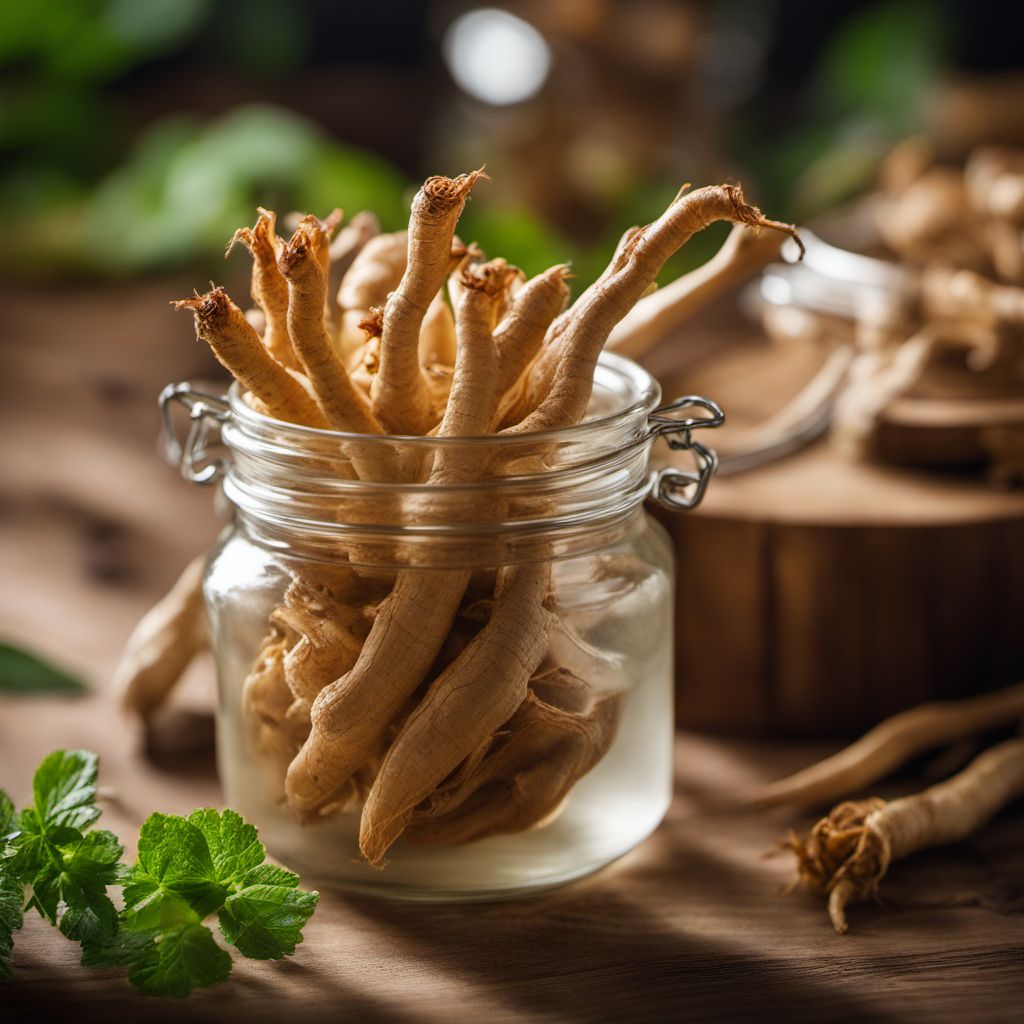
Ingredient
Ginseng root infusion
Elixir of Vitality
Ginseng root infusion is made by steeping the dried roots of the ginseng plant in hot water, resulting in a fragrant and invigorating drink. It has a slightly bitter and earthy taste, with a subtle sweetness. The infusion has a light golden color and a smooth, velvety texture.
Origins and history
Ginseng root has a rich history that dates back thousands of years, primarily in East Asia. It has been highly regarded in traditional Chinese medicine for its potential health benefits, including boosting energy levels and improving cognitive function. Ginseng is native to regions such as China, Korea, and Siberia, where it has been cultivated and used for centuries.
Nutritional information
Ginseng root infusion is low in calories and carbohydrates, making it a suitable choice for those watching their calorie intake. It is also a good source of antioxidants and may provide various health benefits, such as reducing inflammation and boosting the immune system.
Allergens
There are no known allergens associated with ginseng root infusion.
How to select
When selecting ginseng root infusion, look for high-quality dried ginseng roots that are free from mold or signs of decay. Opt for reputable brands or sources to ensure the authenticity and purity of the product.
Storage recommendations
To maintain the freshness and quality of ginseng root infusion, store it in an airtight container in a cool, dry place away from direct sunlight. Avoid exposure to moisture, as it can cause the roots to spoil or mold.
How to produce
Ginseng can be grown in a home garden, but it requires specific conditions such as well-drained soil, partial shade, and a cool climate. It takes several years for the roots to mature and be ready for harvest.
Preparation tips
To prepare ginseng root infusion, steep a few slices of dried ginseng root in hot water for about 5-10 minutes. Adjust the steeping time according to your preference for a stronger or milder flavor. You can also add honey or lemon for added sweetness or acidity. Ginseng root infusion can be enjoyed hot or cold, depending on your preference.
Culinary uses
Ginseng root infusion is commonly used in traditional Asian cuisine and is often incorporated into soups, teas, and herbal remedies. It is also enjoyed on its own as a health tonic or energy-boosting beverage.
Availability
Ginseng root infusion is commonly available in Asian grocery stores, health food stores, and online retailers.
More ingredients from this category » Browse all
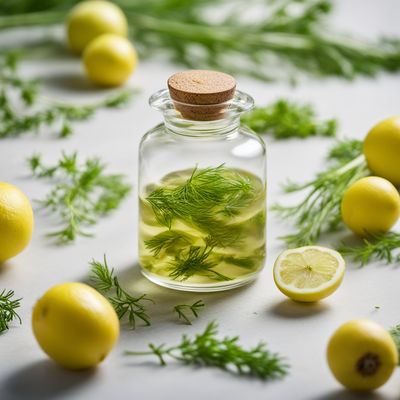
Fennel infusion
The Fragrant Elixir: Fennel Infusion
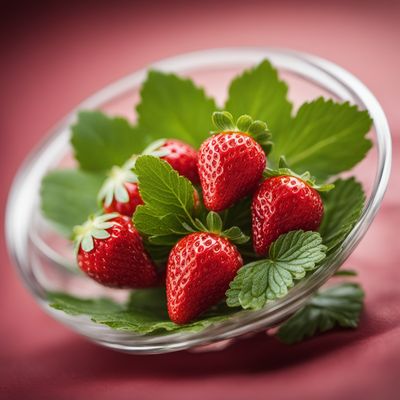
Strawberry leaves infusion
"The Delicate Elixir: Unveiling the Secrets of Strawberry Leaves Infusion"

Rose infusion
"The Fragrant Elixir: Exploring the Delicate Flavors of Rose Infusion"

Gingko infusion
The Golden Elixir: Unveiling the Secrets of Gingko Infusion

Camomile infusion
"Soothing Serenity: Unveiling the Delicate Elixir of Camomile"
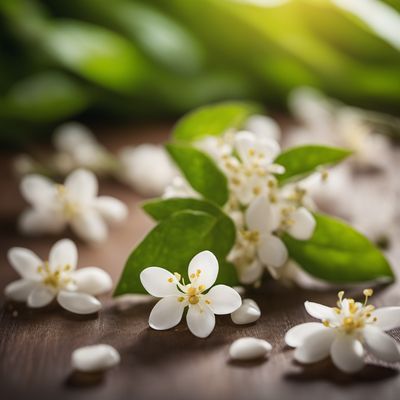
Jasmine infusion
"Aromatic Elixir: Unveiling the Delicate Essence of Jasmine Infusion"
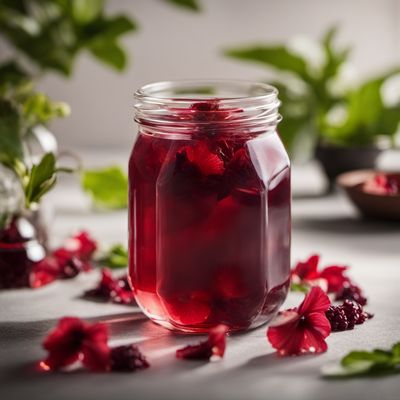
Hibiscus infusion
The Vibrant Elixir

Peppermint infusion
Refreshing Peppermint: A Cooling Herbal Elixir
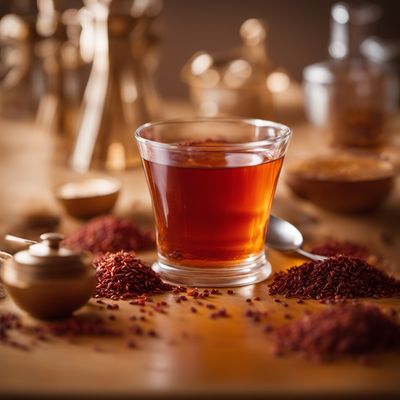
Rooibos infusion
The Red Bush Elixir
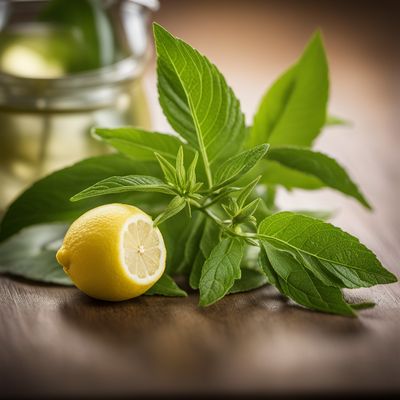
Lemon verbena infusion
The Zesty Elixir: Unveiling the Delights of Lemon Verbena Infusion

Fruit infusion
Refreshing Fruit Infusion
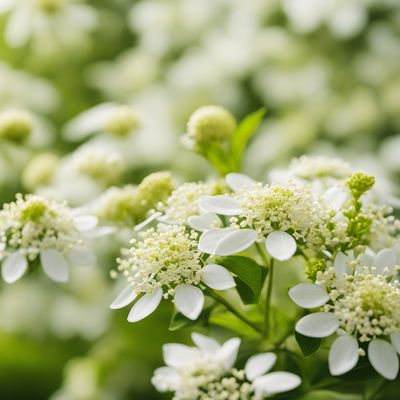
Elderflowers infusion
The Fragrant Elixir: Elderflower Infusion
Recipes using Ginseng root infusion

Sishen Soup with Nourishing Herbs
Healing Elixir: Sishen Soup to Nourish Your Body and Soul
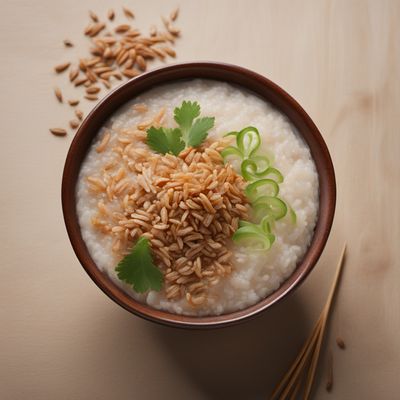
Korean Ginseng Rice Porridge
Soul-Warming Ginseng Rice Porridge: A Korean Delight
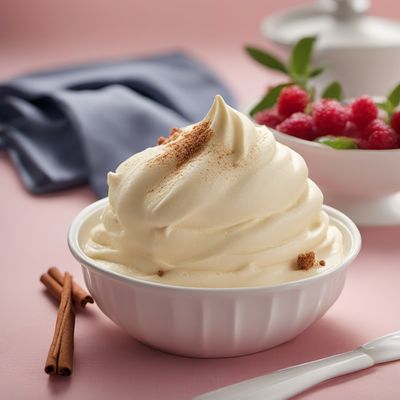
North Korean-style Cream Gelato
Silky Smooth Creaminess: North Korean-style Gelato
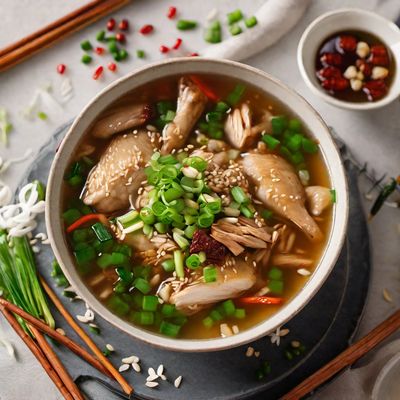
Korean-Style Chicken Soup
Soothing Samgyetang: Korean Chicken Soup with a Twist